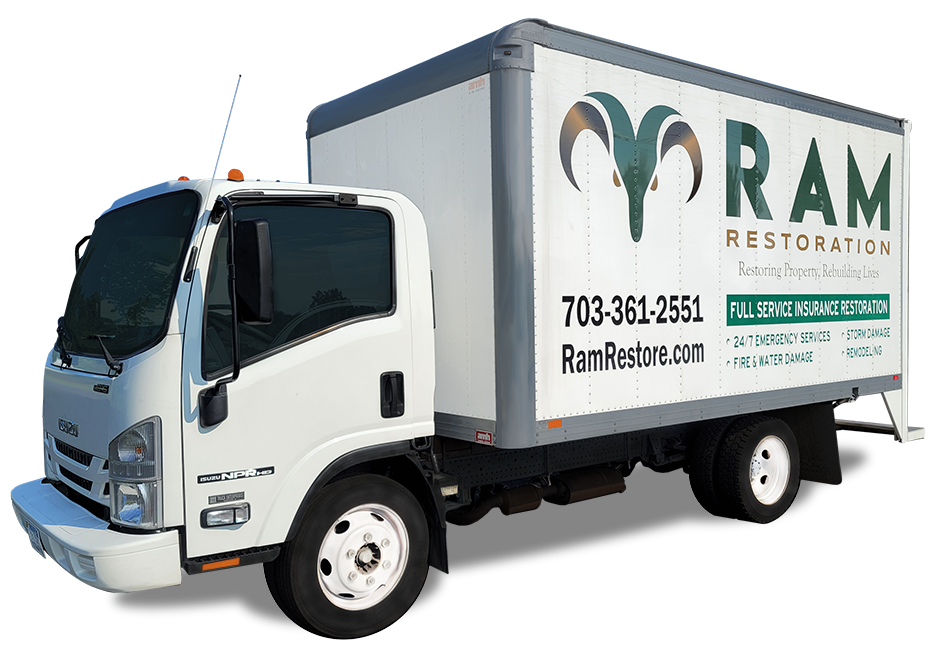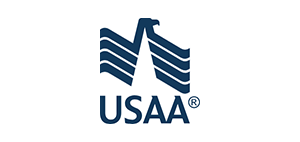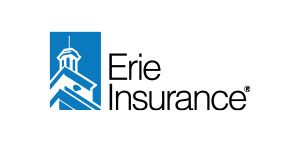Cleaning your house after water damage is crucial to prevent further damage and ensure a safe living environment. When faced with water damage, it’s important to act quickly and follow a systematic approach to restore your home. In this section, we will provide you with step-by-step instructions on how to clean your house from water damage, using DIY methods that are effective and cost-efficient. From initial safety precautions to drying out the house, we will cover everything you need to know for a successful water damage cleanup.
Key Takeaways:
1. Unplug all appliances to ensure your safety before starting the cleanup process.
2. Use a wet/dry vacuum to remove as much water as possible from affected areas.
3. Steam clean water-damaged carpets to remove dirt, bacteria, and odors.
4. Disinfect walls and floors to eliminate any potential bacteria or mold growth.
5. Apply a mold prevention product to minimize the risk of mold formation.
6. Use fans and a dehumidifier to dry out the house thoroughly.
7. Remove soaked items promptly to prevent further damage and potential mold growth.
8. Brush off mold and mildew from furniture and consider professional cleaning for upholstered items.
9. Clean appliances using an all-purpose cleaner to ensure they are safe to use.
10. Document the damage by taking photographs for insurance purposes.
By following these steps and taking the necessary precautions, you can effectively clean your house after water damage and restore a safe and healthy living environment. Remember, if you have valuable items or upholstered furniture, it’s advisable to seek professional help for cleaning and restoration.
Steps for cleaning up water damage in your house.
Cleaning up water damage in your house requires a systematic approach to ensure an effective and thorough restoration process. By following these steps, you can minimize the damage and restore your home to its pre-damaged condition.
- Unplug everything: The first step is to unplug all electrical appliances and devices to prevent any risk of electrocution. Safety should always be a priority when dealing with water damage.
- Use a wet/dry vacuum: Next, use a wet/dry vacuum to remove as much water as possible. Start from the highest point in your house and work your way down. Pay extra attention to areas with standing water or excessive moisture.
- Steam clean carpets: Water-damaged carpets can quickly become a breeding ground for mold and bacteria. Use a steam cleaner to deep clean and sanitize the affected areas. If the carpet is severely damaged, it may need to be replaced.
- Disinfect walls and floors: Mix a solution of bleach and water to disinfect the walls and floors. This will help eliminate any bacteria or mold that may have developed. Scrub the surfaces thoroughly and allow them to dry completely.
- Prevent mold growth: Apply a mold prevention product to all affected surfaces to inhibit the growth of mold and mildew. Follow the manufacturer’s instructions and ensure proper ventilation in the affected areas.
- Use fans and dehumidifiers: To expedite the drying process, place fans and dehumidifiers in the affected rooms. This will help remove excess moisture from the air and prevent further damage.
- Remove soaked items: Immediately remove any items that have been soaked or extensively damaged. This includes furniture, carpets, clothing, and personal belongings. Dispose of these items properly.
- Brush off mold and mildew from furniture: If your furniture has been affected by water damage, use a soft brush to remove any visible mold or mildew. Ensure that the furniture is completely dry before returning it to its original position.
- Use desiccants: Place desiccants, such as silica gel packets, around the affected areas to absorb any remaining moisture. These desiccants can help prevent mold growth and eliminate excess humidity.
- Hand clean appliances: Use an all-purpose cleaner to hand clean electrical appliances that have been exposed to water damage. Ensure that they are completely dry before plugging them back in.
- Dispose of water-damaged mattresses: Unfortunately, mattresses that have been water-damaged are difficult to salvage. It is best to dispose of them properly to prevent the growth of mold and bacteria.
- Document the damage and contact your insurance company: Take photographs or videos of the damage as evidence and contact your insurance company to report the incident. They will guide you through the claims process and provide assistance.
- Consult professionals for cleaning valuable items: If you have valuable items that have been damaged by water, it is advisable to consult professionals for their restoration. They have the expertise and equipment to handle delicate items.
- Have upholstered furniture professionally cleaned: Upholstered furniture that has been water-damaged should be professionally cleaned to ensure proper sanitation and restoration. Contact a reputable cleaning service for assistance.
| Step | Description |
|---|---|
| 1 | Unplug everything to ensure safety. |
| 2 | Use a wet/dry vacuum to remove water. |
| 3 | Steam clean carpets to eliminate mold and bacteria. |
| 4 | Disinfect walls and floors with a bleach solution. |
| 5 | Apply a mold prevention product to inhibit mold growth. |
| 6 | Use fans and dehumidifiers for faster drying. |
| 7 | Remove soaked items immediately. |
| 8 | Brush off mold and mildew from furniture. |
| 9 | Place desiccants to absorb moisture. |
| 10 | Hand clean appliances with all-purpose cleaner. |
| 11 | Dispose of water-damaged mattresses. |
| 12 | Document the damage and contact your insurance company. |
| 13 | Consult professionals for cleaning valuable items. |
| 14 | Have upholstered furniture professionally cleaned. |
Conclusion
Taking immediate action to clean up water damage in your house is crucial to minimize further damage and promote a healthy living environment. When faced with water damage, there are several important steps that you should follow to ensure thorough cleanup and prevent potential issues such as mold growth.
First, prioritize your safety by unplugging all electrical appliances in the affected areas. This will help to reduce the risk of electric shock and other hazards. Next, utilize a wet/dry vacuum to remove as much water as possible from the affected surfaces. Be thorough in your efforts to extract all traces of moisture, as lingering water can lead to mold and mildew.
To address water damage on carpets, consider steam cleaning them to effectively remove bacteria. Additionally, it is essential to disinfect walls and floors to eliminate any remaining contaminants. This step will contribute to a clean and sanitary environment in your home.
To prevent the growth of mold, it is advisable to apply a product specifically designed for this purpose. This will help to inhibit the development of mold spores, which can cause health issues and further damage to your property. Furthermore, ensure proper ventilation by using fans and a dehumidifier to expedite the drying process.
Remove any items that have been soaked and cannot be salvaged. It is also crucial to address mold and mildew on furniture promptly. Brush off visible mold and mildew, and consider using desiccants to absorb excess moisture. For appliances, use an all-purpose cleaner to hand clean them, ensuring their safety and functionality.
When dealing with water damage, it is important to document the extent of the damage by taking photographs. This will serve as evidence for insurance claims and assist in the restoration process. Contact your insurance company as soon as possible to report the incident and seek their guidance on the next steps.
For valuable items and upholstered furniture, it is recommended to consult professionals for cleaning and restoration services. Their expertise and specialized equipment will ensure the best possible outcome and help restore your belongings to their pre-damaged condition.
By following these steps and taking immediate action, you can effectively clean up water damage in your house and minimize further damage. Remember, ensuring safety, preventing mold growth, and seeking professional assistance when needed are key elements of a successful water damage cleanup.
FAQ
How do I clean my house from water damage?
Cleaning your house from water damage involves several steps:
What safety precautions should I take when cleaning up water damage?
When cleaning up water damage, it is important to unplug everything for safety reasons.
How can I remove water from my house after a water damage incident?
Using a wet/dry vacuum can help you soak up as much water as possible from your house.
What should I do to clean water-damaged carpet?
To clean water-damaged carpet, you can steam clean it to remove any bacteria or contaminants.
How can I disinfect the walls and floors after water damage?
Disinfecting the walls and floors is crucial to remove any bacteria. You can use appropriate disinfectant products for this purpose.
How can I prevent mold growth after water damage?
Applying a mold prevention product can help prevent mold growth in areas affected by water damage.
What should I do to speed up the drying process?
Using fans and a dehumidifier can help speed up the drying process in your house.
What should I do with items that have been soaked in water?
It is important to remove soaked items immediately to prevent further damage and potential mold growth.
How can I remove mold and mildew from furniture?
You can brush off mold and mildew from furniture and treat it with appropriate cleaning products to prevent further growth.
What can I use to soak up extra moisture?
Desiccants can be used to soak up extra moisture in your house after water damage.
How should I clean appliances after water damage?
Hand cleaning appliances with an all-purpose cleaner is recommended after water damage.
What should I do with water-damaged mattresses?
Water-damaged mattresses should be thrown out to prevent health risks and further damage.
Should I document the water damage and contact my insurance company?
Making a photographic record of the damage is important for insurance purposes. You should also contact your insurance company for assistance.
Should I seek professional help for cleaning valuable items and upholstered furniture?
Consulting professionals for cleaning valuable items and having upholstered furniture professionally cleaned is recommended to ensure proper restoration.





















